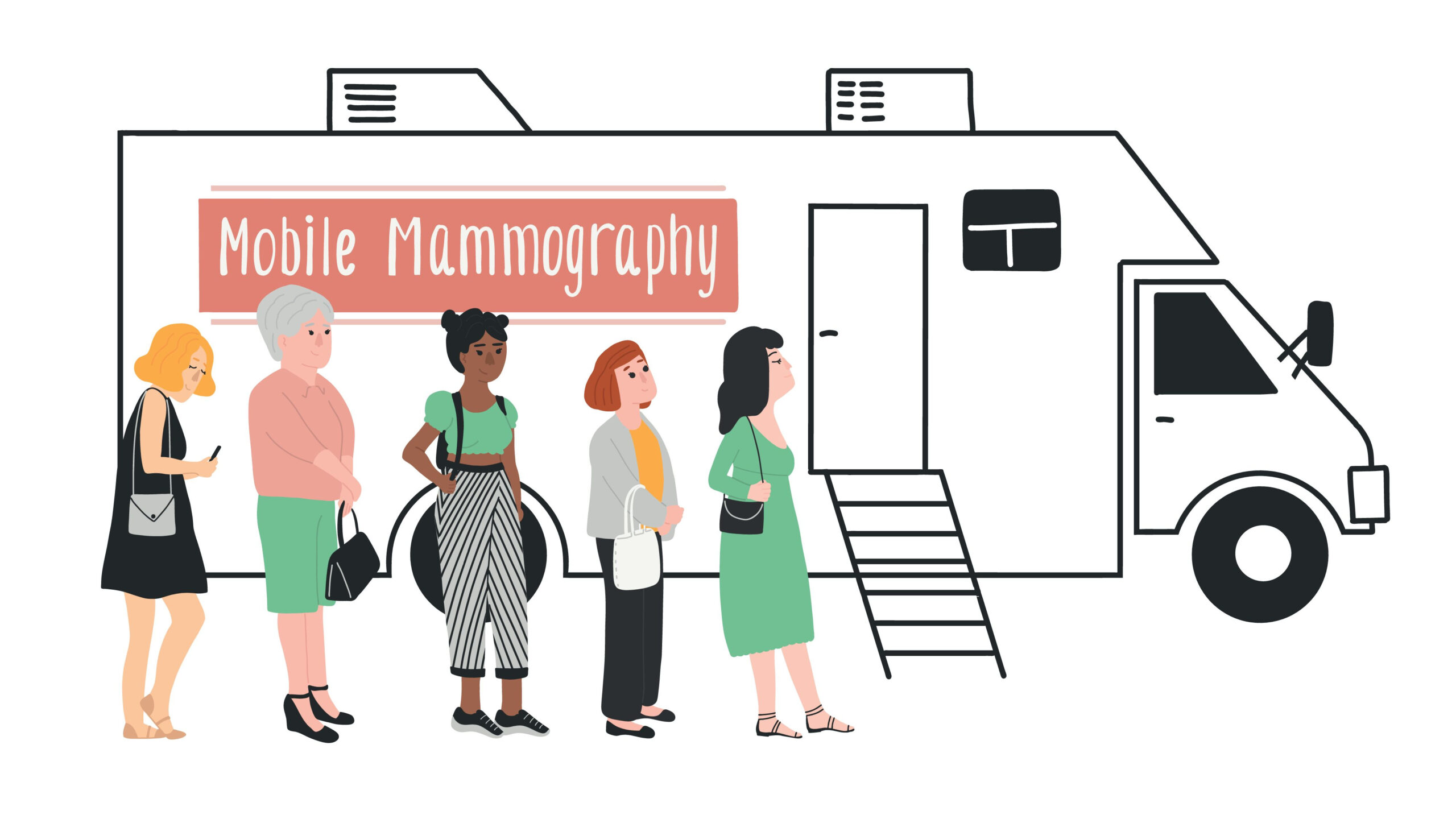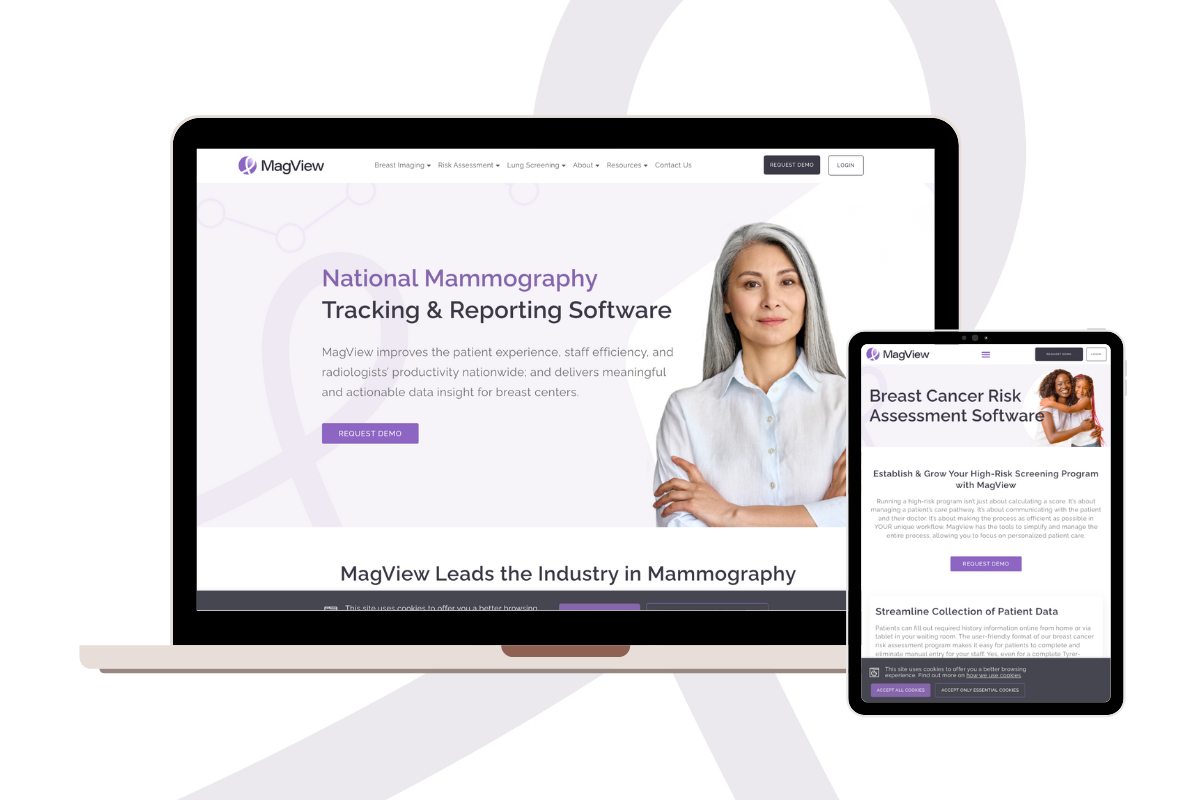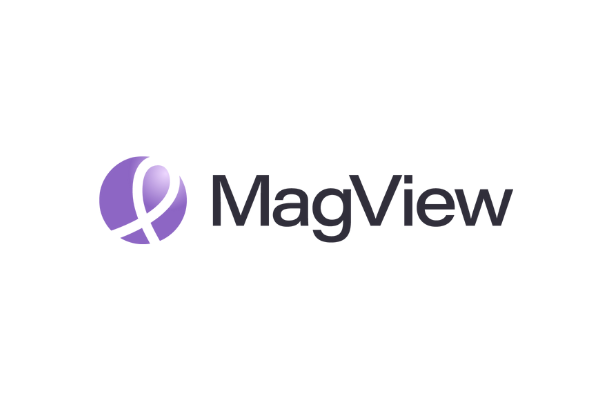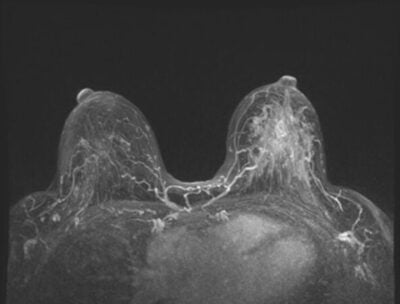Academic medical centers face an array of challenges in today’s demanding healthcare environment. Balancing the priorities of patient care and resident training often requires the use of effective technology solutions that support both—such as a cutting-edge mammography reporting system to optimize breast imaging needs. To meet these needs, many academic hospitals choose MagView. The following five reasons help to explain why they do.
1. Academic Research: Capture and Report on 100% of Breast Imaging Data
Academic institutions are often leaders in innovative research, which requires access to reliable and accurate data. MagView offers academic breast imaging programs the ability to capture and review 100% of breast imaging data through structured reporting and robust, customizable data reports.
Patient history, family history, and comprehensive findings that detail lesion size, location, change over time, and outcomes are just a few examples of the types of data MagView can provide to support academic research. With this ability, academic institutions can compare historical data to optimize analytics and gain critical insights that inform research, individualize patient care, and support population health. In this way, academic institutions can continue to lead the way in developing best practices for breast cancer screening and treatment.
Additionally, companies that are integrating artificial intelligence (AI) into their offerings are typically eager to access this type of data to train algorithms for care. In this context, academic research centers may have opportunities to share de-identified data to support the development of diagnostic tools and evidence-based care pathways—potentially creating new revenue streams as they do.
2. Resident Training: Train Residents on Clear, Concise, and Consistent Reporting Methods
Training and supervising residents can be time-consuming for radiologists, but with MagView, much of this burden can be significantly reduced. MagView Smart Start quickly trains each new resident with step-by-step instructions to guide them in the creation of imaging reports.
By doing so, residents receive the guidance they need and radiologists are freed from time-intensive training on a structured reporting system. In this way, academic centers can ensure that future radiologists get started on the right foot by allowing MagView Smart Start to teach them how to adopt a clear, concise, and consistent framework for creating imaging reports.
3. Resident Workflow Support: Streamlined Tools for Resident Feedback & Support
Providing timely feedback to residents is essential for helping academic centers train the best of the best. MagView can be set up in a way that allows residents to read imaging studies and create reports that are automatically sent to the radiologist for review. The radiologist’s worklist will populate with those reports, allowing the radiologist to either approve or make needed changes.
Once that’s done, the resident can use MagView’s ReView tool to review the final assessment from the radiologist, along with any additional feedback. This automated process allows for an efficient and documented review process that benefits both radiologists and residents.
4. Track Resident Performance: Easily Monitor Performance of Residents on Several Criteria
In addition to training and feedback, MagView offers additional tools to evaluate each resident’s performance to support continuous improvement. Resident training involves evaluation based on specific criteria—which MagView can provide through the use of data-informed performance reports. In addition to other data points, these automated performance reports include:
- Cancer Detection Rate
- Abnormal Interpretation Rate
- Recall Rate
- PPV
MagView reports also include comparisons to national benchmarks and/or internal benchmarks—providing an objective view of areas in which residents are both excelling and require improvement.
The MagView ReView training tool also enables retroactive review in which residents can review past cases to reassess initial interpretations and view final outcomes. With the ability to provide consistent review and performance feedback, academic facilities can optimize the quality of training and education provided to the radiology residents within their ranks.
5. Collaboration: Efficiently and Securely Collaborate with Colleagues
At MagView, we understand teamwork makes the dream work, which is why we offer tools that allow radiologists at academic facilities to collaborate with their colleagues on various cases. MagView’s Luminary Workflow Manager tool includes a HIPAA-compliant chat function that allows radiologists to easily and securely share interesting cases—as well as those for which they may need a second opinion.
Patient data is securely hidden until viewed by the recipient, at which point all information needed to inform an additional expert opinion is provided. Collaboration can then continue within the chatbox that conveniently sits anywhere on the desktop. Interesting or unique cases that may be beneficial for research can also be flagged for review as appropriate to support ongoing collaboration.
In today’s ever-changing world of healthcare, academic medical centers need partners they can count on to help ensure the quality of patient care and meet the training needs of radiology residents with excellence. When it comes to breast imaging, MagView offers a cutting-edge mammography reporting system that supports academic research; resident training, workflow, and performance; and the ability to securely collaborate with colleagues when needed.
If you’d like to learn more about how MagView can benefit your organization, contact us today.





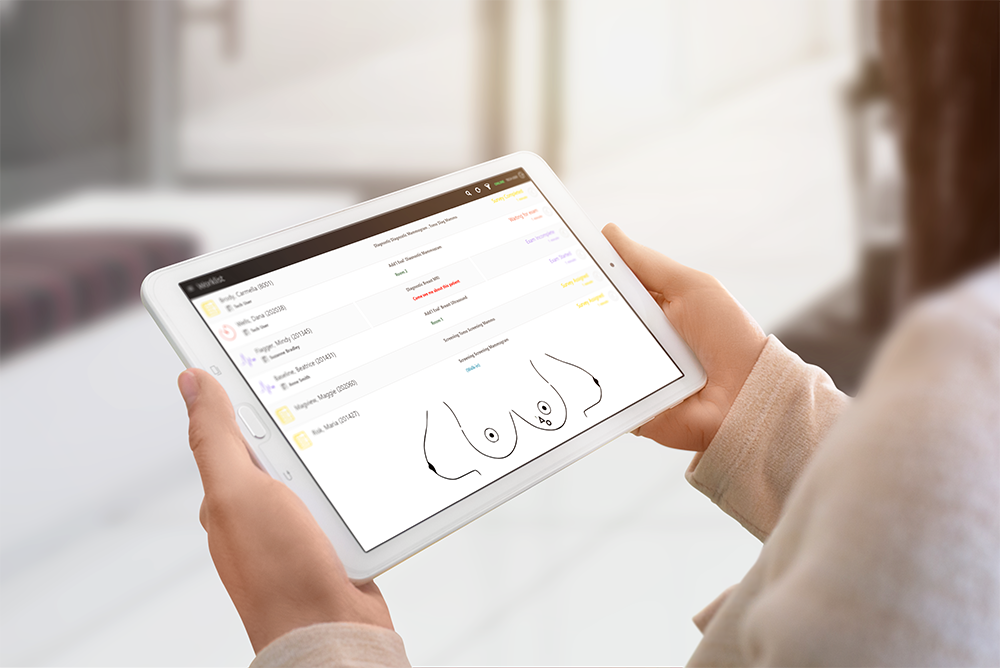

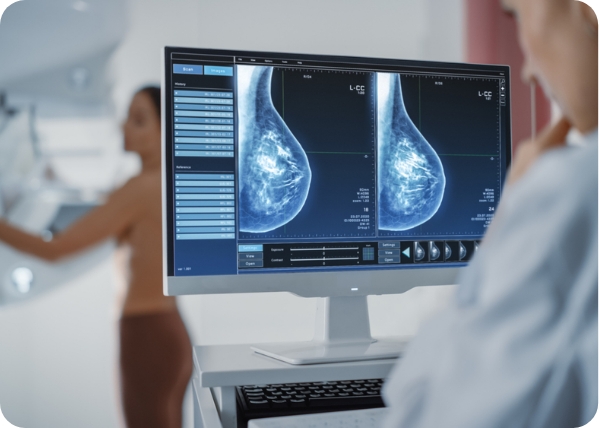


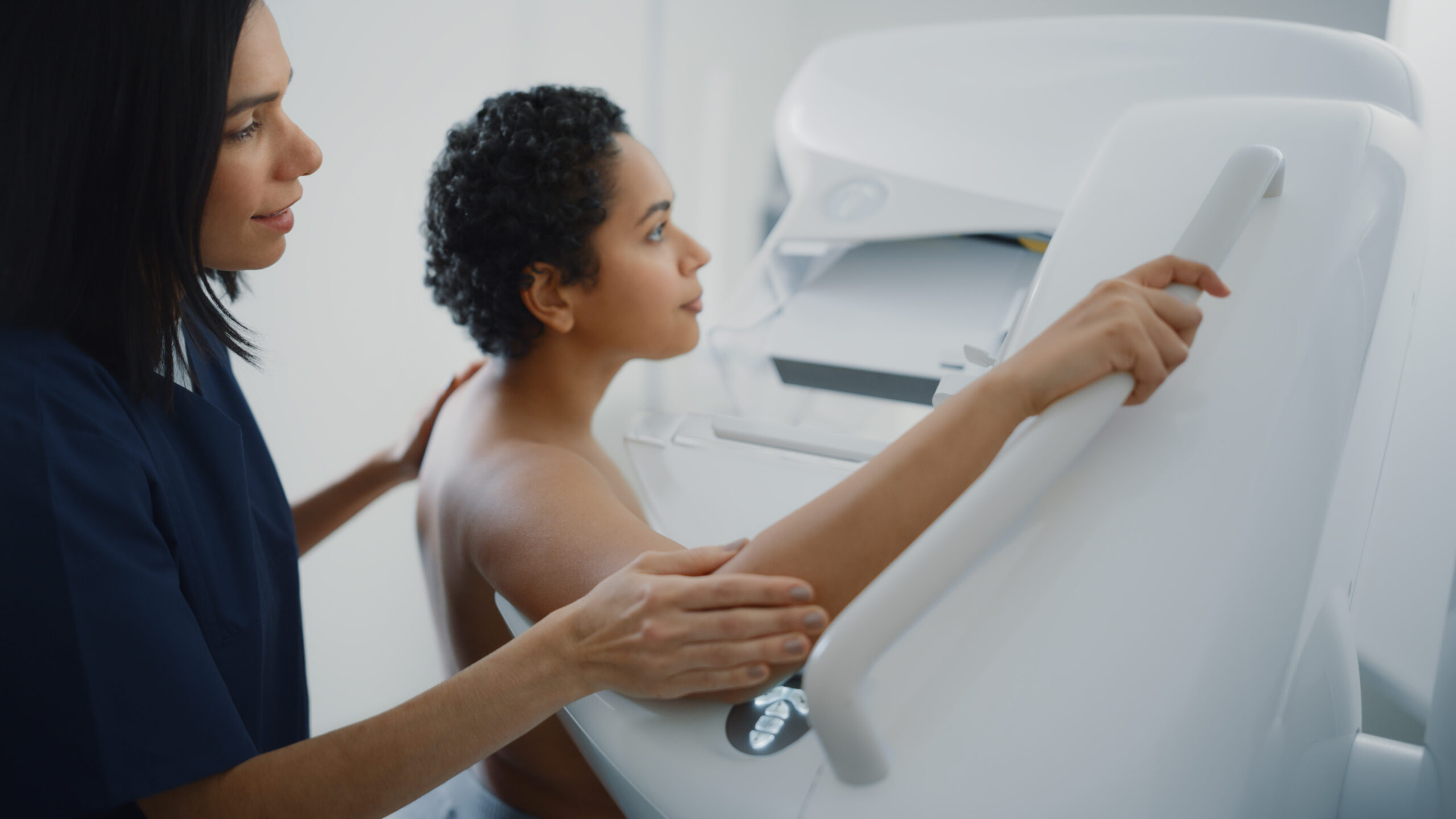
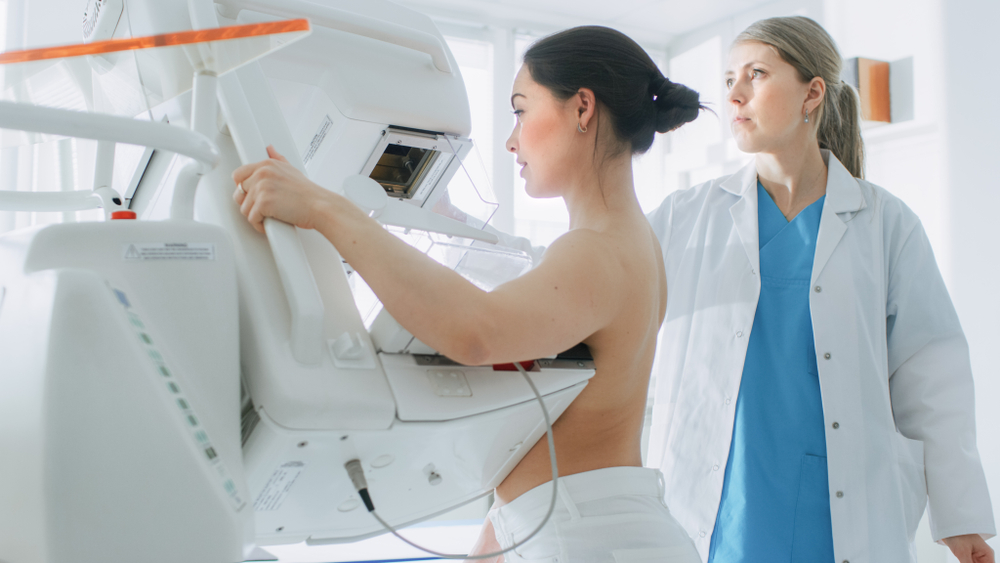
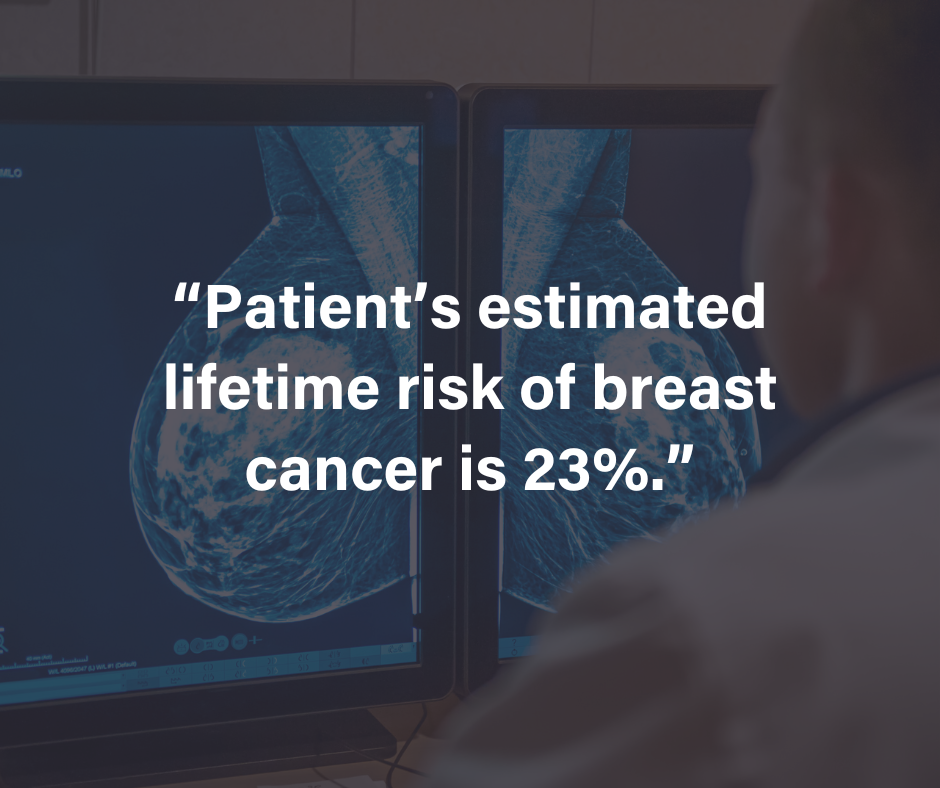








![monitoring breast density shutterstock_1299510538-[Converted]](https://magview.com/wp-content/uploads/2023/05/shutterstock_1299510538-Converted.jpg)
